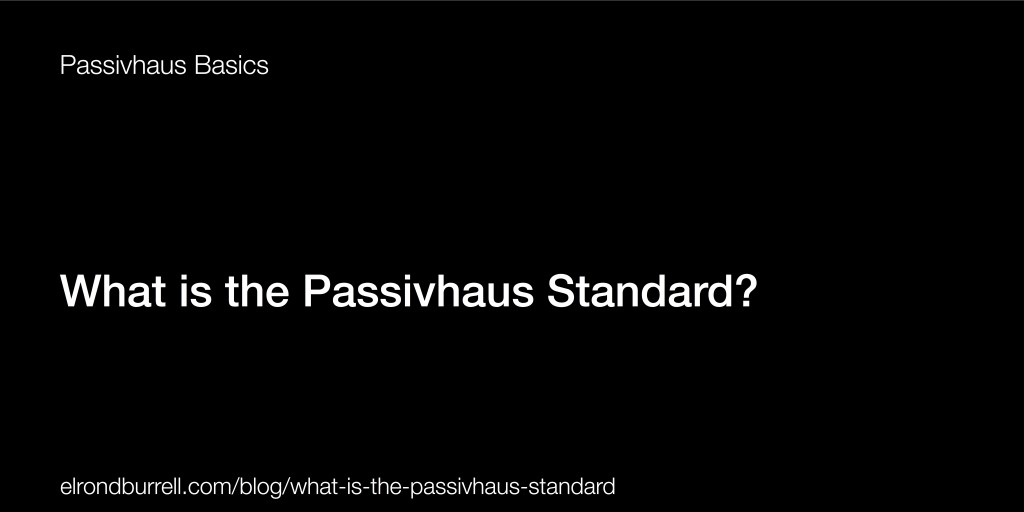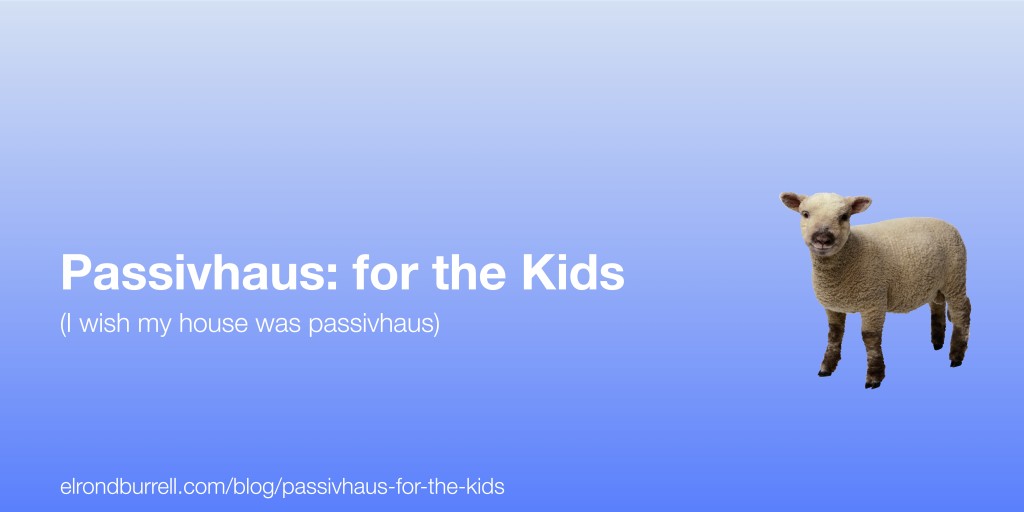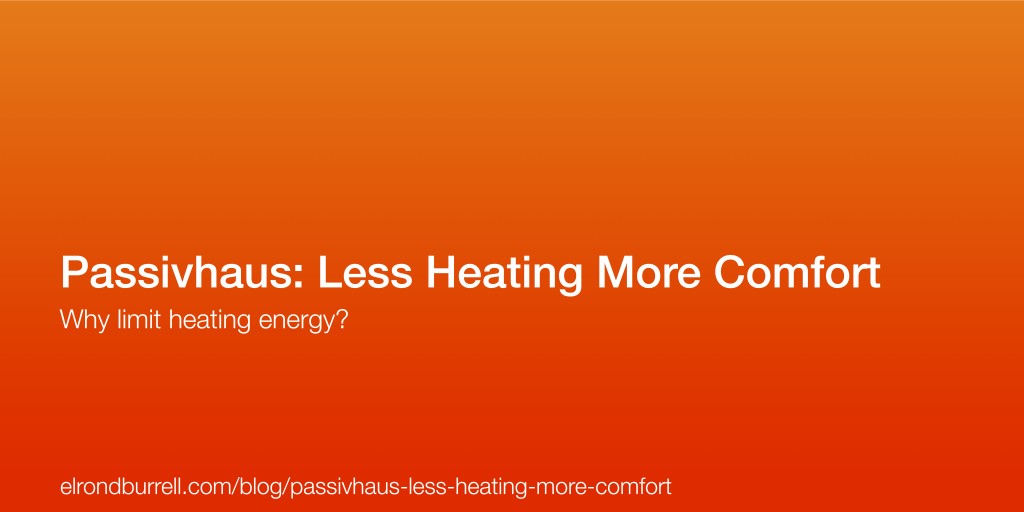This is a Passivhaus Basics blog post that gives an overview of the Passivhaus Standard. Want to watch a 2-minute overview first? Jump to the video at the bottom
The Passivhaus Standard is often referred to as “the world‘s leading standard in energy efficient design.” And usually a description of the standard includes details of the specific technical requirements. (If you are curious about the technical requirements, I cover the key elements in this post.)
The Passivhaus Standard is indeed an international, rigorous, scientific, performance standard for the design and construction of energy efficient buildings. It applies to all kinds of buildings, not just houses. However, the Passivhaus Standard is not just about the technical requirements of energy efficient design, it encompasses:
- Comfort
- Energy Efficiency, and
- Quality Assurance
It is the combination of these three key aspects that make the Passivhaus Standard what it is.
What do Comfort, Energy Efficiency and Quality Assurance mean in practical terms for a house that is certified to the Passivhaus Standard?




